Postcards from Tokyo: All about food
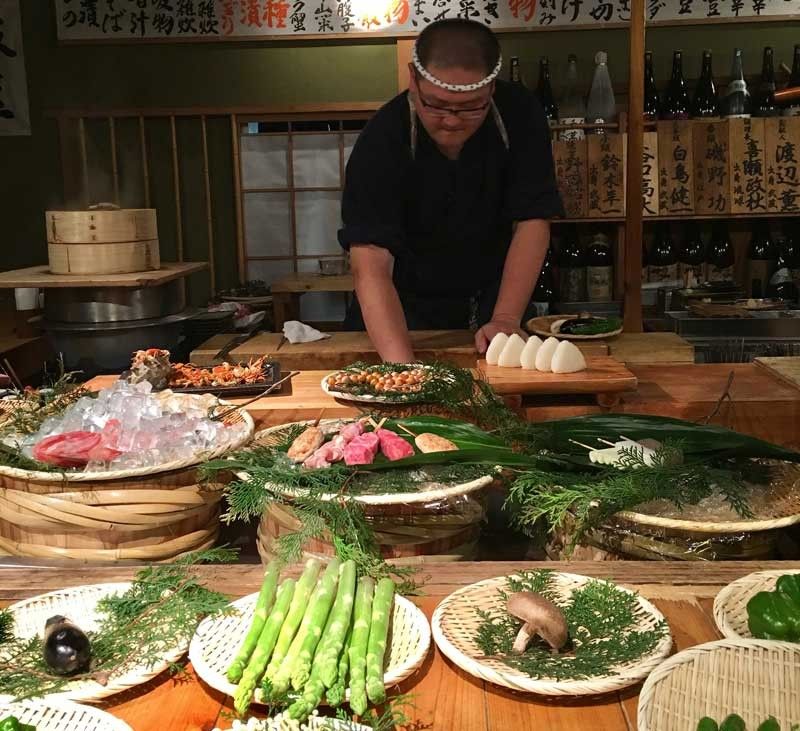
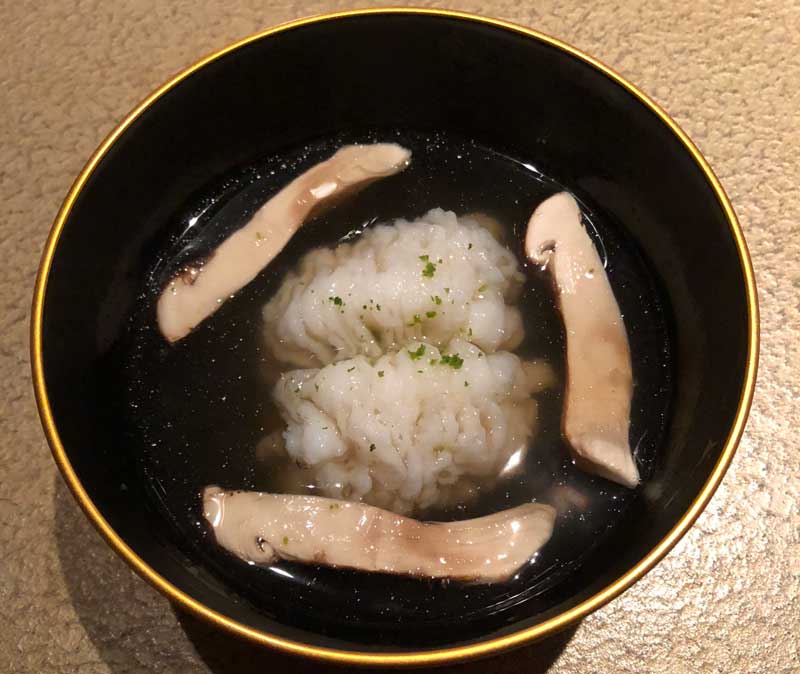
A clear broth of matsutake mushrooms with slices of pike eel
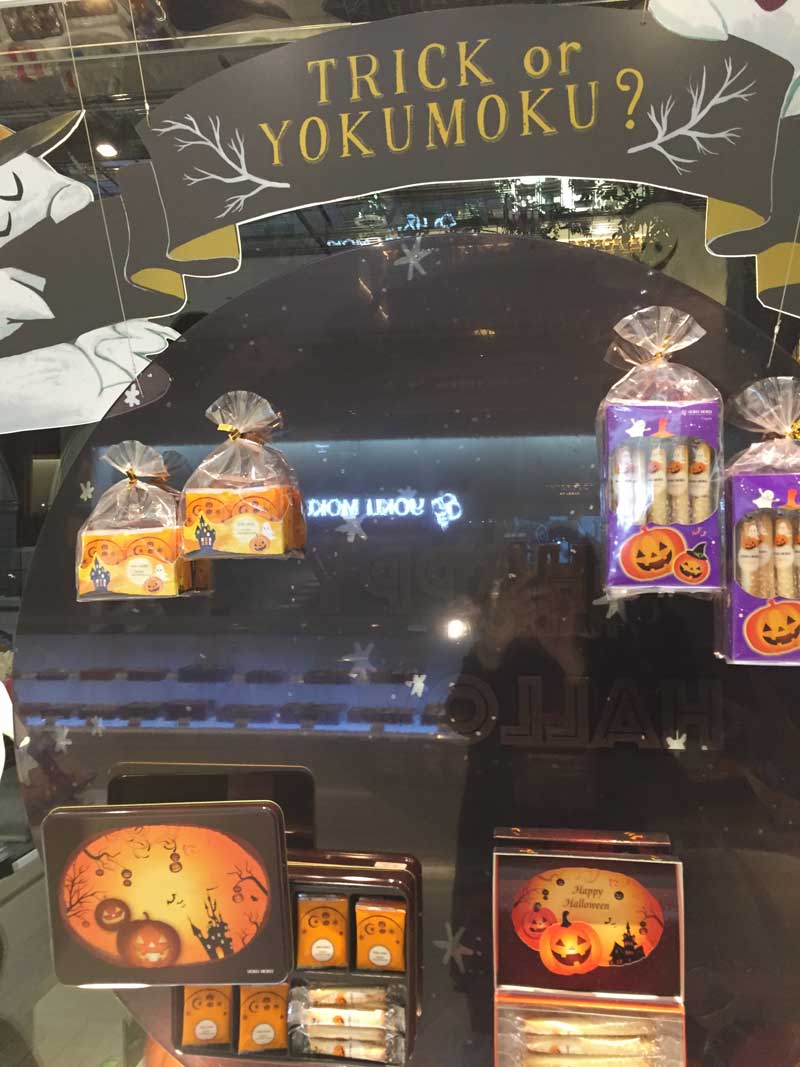
A Halloween store display in Yoku Moku
Of the many diversions and delights Tokyo has to offer, having a fine or hearty meal and sampling a variety of sweets are among the highlights of my visits to this city. Let’s start with a restaurant that I come back to year after year. Mutsukari at the Pony Building in Ginza offers a kaiseki dinner — a traditional multi-course meal considered the pinnacle of fine dining. The 10-course dinner is served in a contemporary setting where an open kitchen takes center stage. Here, chef Yoshihisa Akiyama weaves his magic — each course is served in beautifully crafted Japanese stoneware or glass plates and presented like a work of art. The menu is created with seasonal ingredients in mind. The chef uses a variety of organic vegetables purchased from local producers or taken from his garden. Coming to Tokyo at the end of summer, matsutake mushrooms were in season. Its earthy flavor was infused in a clear broth enhanced with nuggets of pike eel. The medley of appetizers included a savory egg custard, mashed potato croquettes, matsutake mushrooms, edible chrysanthemum flowers, and pike eel.
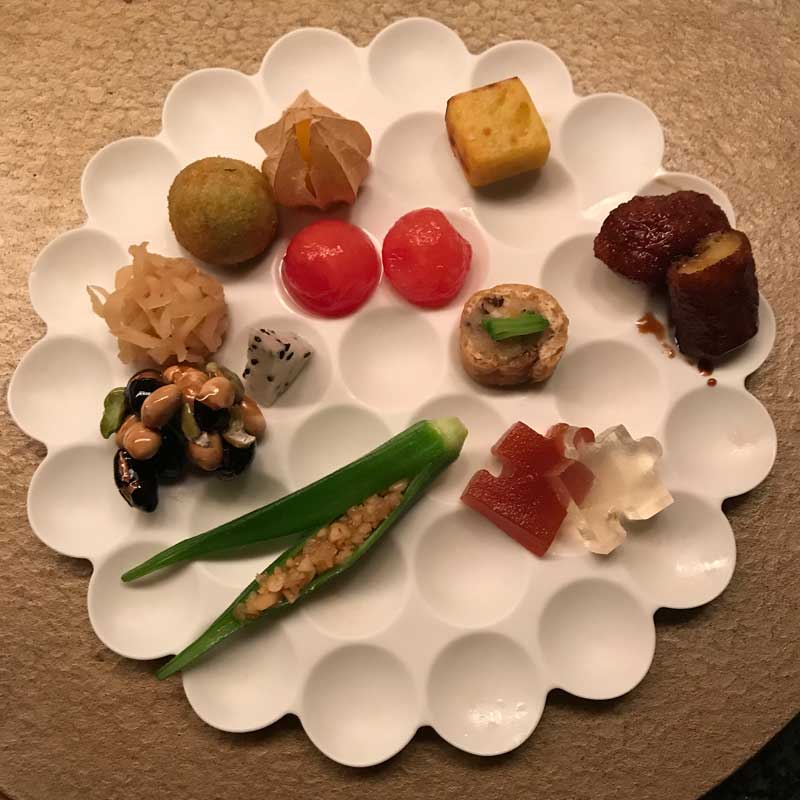
A medley of appetizers at Mutsukari
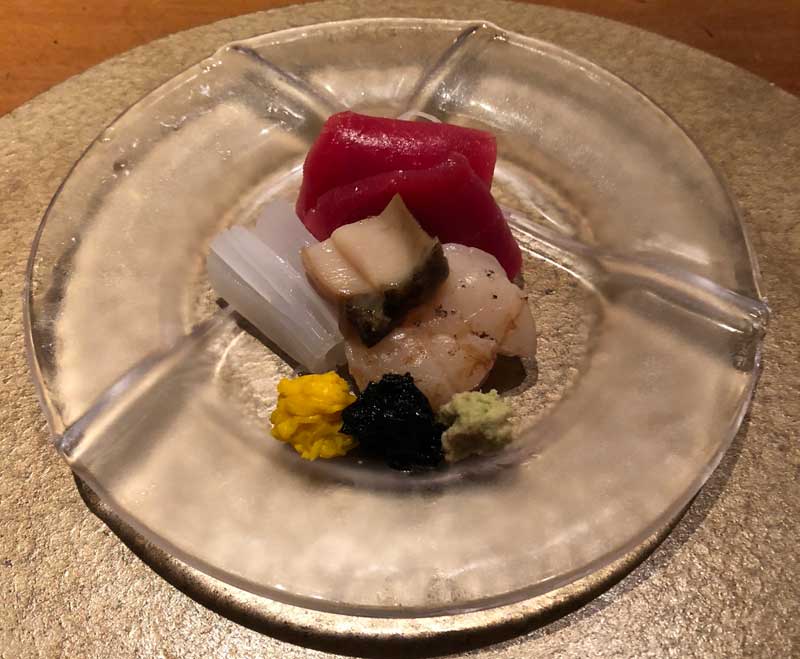
A plate of mixed sashimi at Mutsukari
Next came crisp rice wafers that held diced tofu and seasonal fruits. Then we had a selection of sashimi including a blue-fin tuna, squid and abalone. The sushi course is presented on a round plate with a crisp sheet of nori laid on the surface of the dish and the raw fish, a vinegar-marinated Pacific saury, is set in the middle. You roll the nori around the raw fish until it is covered then take a bite. The main course consisted of finely sliced roast beef, radish dumplings and a charcoal grilled Spanish mackerel. When the salmon rice, thick vegetable soup and homemade pickles came around, I thought that I couldn’t have another bite of anything. But dessert was too good to pass up: a generous serving of finely shaved ice was drizzled with dark molasses. Tucked inside the cloud of ice are sweet red beans, soy dumplings and lashings of condensed milk. To end the meal, we had delicate confections made from sweetened beans and sweet potato paste.
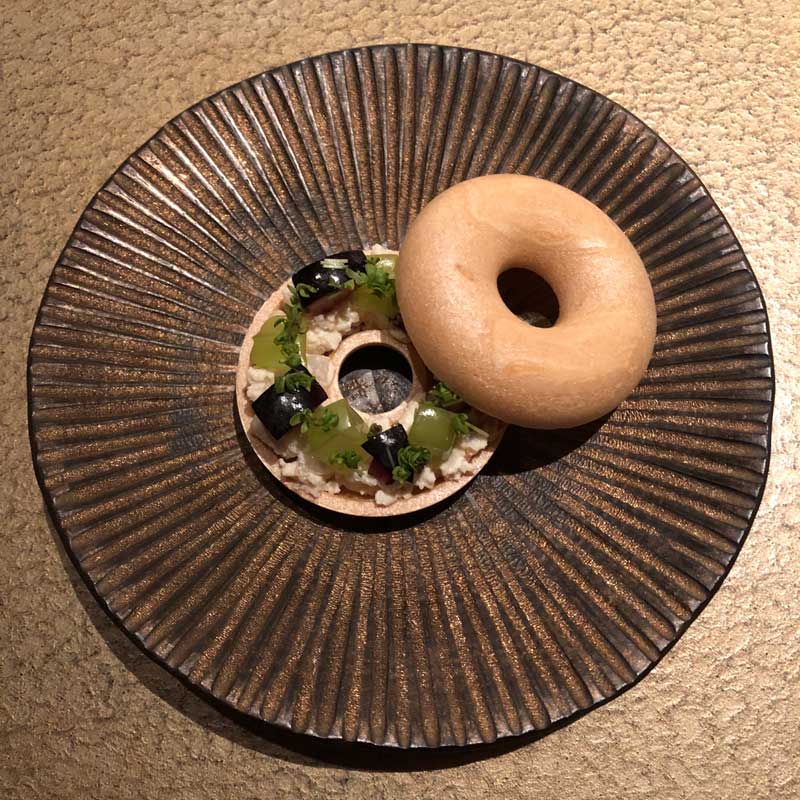
Crisp rice wafers with diced tofu and seasonal fruits at Mutsukari
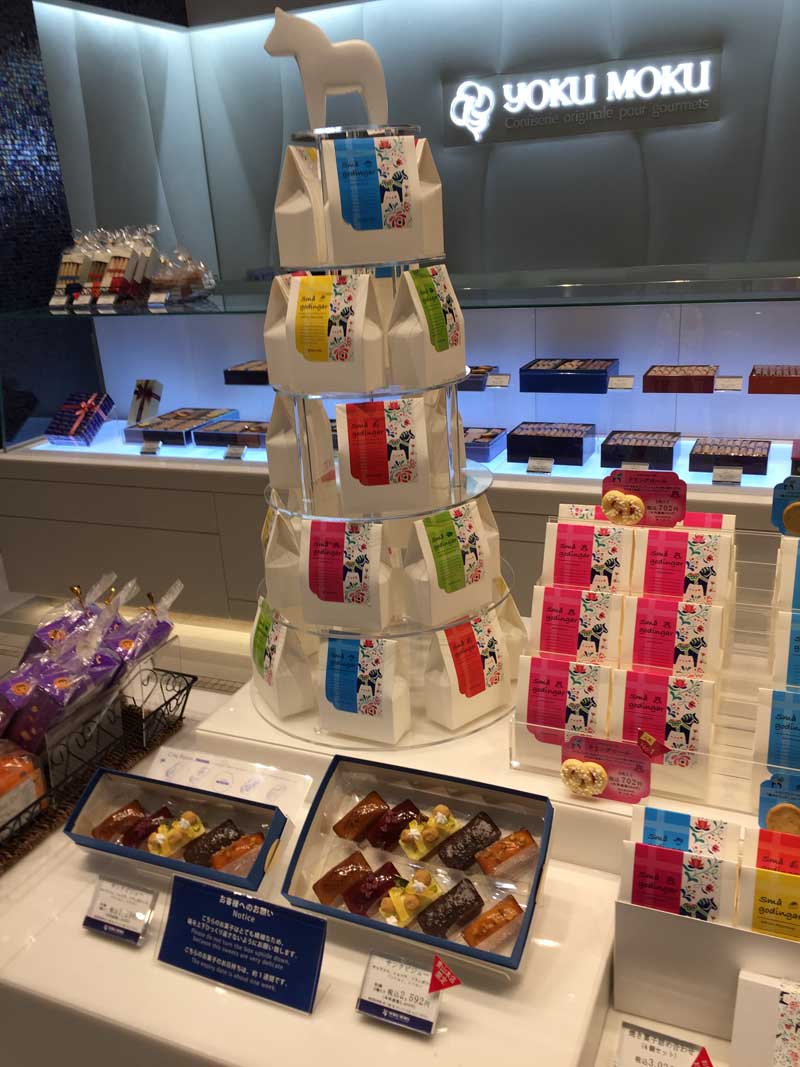
A tempting display of sweets at the Yoku Moku retail outlet in Aoyama
At Mutsukari, the chef and his team bring each course directly to you. This makes the dining experience more intimate and relaxed so that fine dining need not be a stiff or formal affair. It’s a wonder that everything is kept spic and span in a kitchen as busy as this. But leave it to the Japanese to make everything seem effortless, although much care, skill and creativity goes into preparing a kaiseki meal.

Warm tones and gentle lighting at Nobu Tokyo
Next we head to Robataya in the Roppongi district — a hub of dining, shopping, art and entertainment. Inside you come to a traditional farmhouse setting of rustic wood interiors and accents. Robatayaki is the authentic Japanese barbecue cooked in front of the customers and served on a wooden paddle. Chefs sit on a deck surrounded by a selection of fish, seafood, meat and vegetables. The items are then cooked on an open hearth. You can have as much or as little as you like. We enjoyed grilled rice cakes, shitake and maitake mushrooms, garlic bulbs served with a miso paste, asparagus and eggplant served with grated ginger, chicken skewers grilled in salt, chicken patties on a stick flavored with a teriyaki glaze, and boiled potatoes served with butter. The simple offerings made for a hearty yet healthy meal. We ended the meal with slices of fresh persimmon and green tea ice cream.
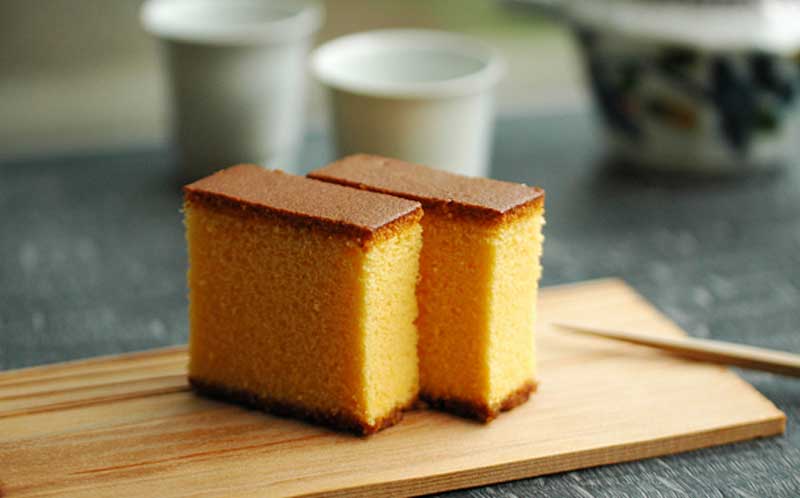
Slices of castella egg cake sold at Higashiya Man in Aoyama
Before visiting Aoyama, we had lunch in Nobu Tokyo, located in the Toranomon Tower Building in Roppongi. Nobu, the Japanese fusion restaurant created by chef Nobu Matsuhisa, has branches in the United States, Europe, Mexico, the Caribbean, Africa, the Middle East and even the Philippines. The Tokyo branch is housed in a setting of warm wood, neutral tones and gentle lighting. There is a dizzying array of options here to suit every taste and palate. The extensive menu includes sashimi, sushi rolls and salads served with a variety of dressings, Peruvian skewers, tempura and stone-grilled items. For lunch, I had a crisp vegetable nori wrap with a sesame miso paste, and a seared toro don served with a green salad and miso soup. The toro don came in a black lacquered bowl, topped with slices of fatty tuna glazed in a tangy sauce and served on a bed of rice. The dish was garnished with salad greens and had the look of a garden-in-a-bowl. To end the meal, I had a chocolate sundae. Each day, the chef makes a different version of this dessert. My sundae was served in a small glass containing layers of mixed berries, milk chocolate and vanilla cream, topped with a scoop of chocolate ice cream. I also had a chocolate shake — a silky blend of vanilla ice cream, milk, Godiva Chocolate liqueur and a dash of yuzu, a local citrus fruit. So ends my thoroughly enjoyable meal at Nobu.

The chocolate sundae at Nobu Tokyo.
There’s nothing like stopping in the mid-afternoon to have something sweet to boost your energy. I head for the Yoku Moku Café and Lounge in Aoyama. Yoku Moku is famous for its delicate rolled butter cookies. Founded in Tokyo over 40 years ago, it remains very popular with the Japanese. The rolled cookies come plain or with fillings of milk or white chocolate, and another variation made from a special blend of Darjeeling and Earl Grey teas. In the retail shop next door, the cookies, in other varieties, are presented in colorful tin gift boxes. The confections are made from Hokkaido butter, eggs, sugar, almond powder and vanilla essence. At the lounge and the al fresco deck, you can enjoy a strawberry-cream cake, a chestnut cake, a hot green tea latte, milk tea latte, or the seasonal Earl Grey ice tea enhanced with diced fresh pears. Around the corner from the Issey Miyake boutique, in Aoyama, is Higashiya Man. This tiny sweet shop is known for its freshly steamed hot buns filled with a sweet bean paste. For a sinful treat, buy a box of the castella egg cake, a rich and moist sponge cake made from flour, eggs, sugar and a liquid sweetener derived from rice and malt.
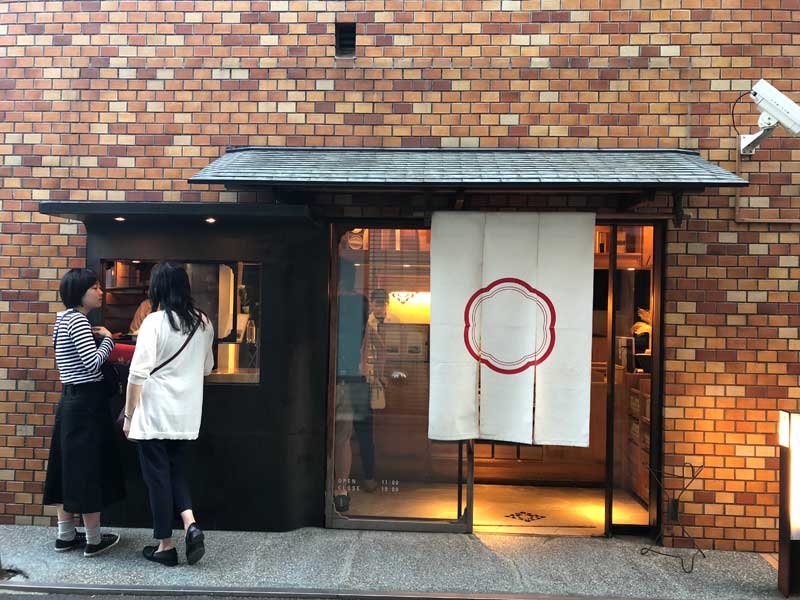
The frontage of Higashiya Man shop at Aoyama
Every visit, I stop at Toraya at the Imperial Hotel Shopping Arcade. Toraya is the maker of Japanese confections or wagashi founded in Kyoto in the early 16th century. It was a purveyor of sweets to the imperial court during the days of Emperor Goyozei (1586-1611). Toraya began its business in Tokyo in 1869, and today has some 80 shops all over Japan. It’s best known for yokan (cubes of jellied sweets made from azuki Beans) and monaka (dark and white bean pastes encased in delicate wafers embossed with floral motifs). End-of-the-summer seasonal treats include small round cakes flavored with green tea, black sesame and white bean. You can enjoy these while sipping a bowl of matcha tea, a strong and invigorating brew that lifts the spirits.
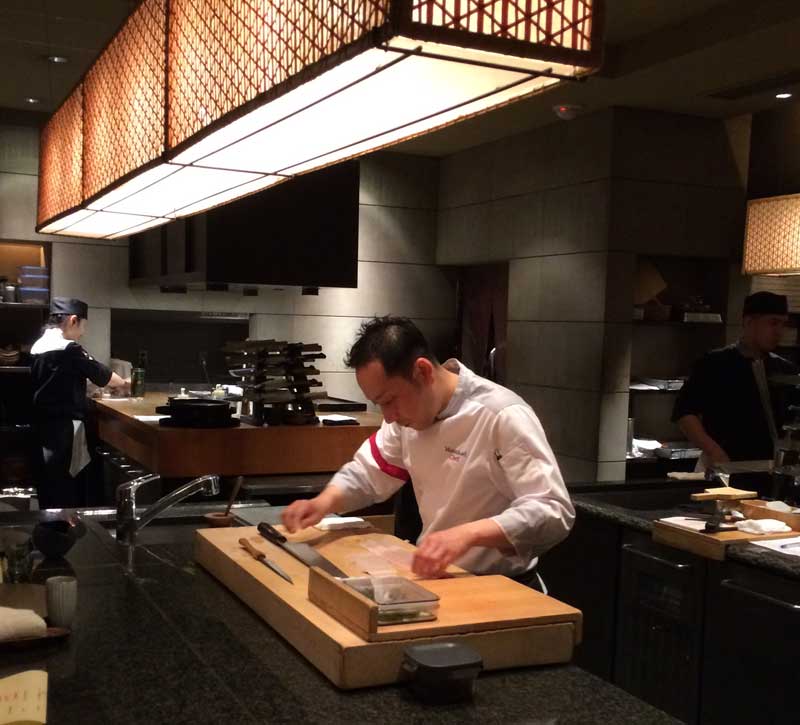
Chef Yoshihisa Akiyama in the open kitchen at Mutsukari in Ginza
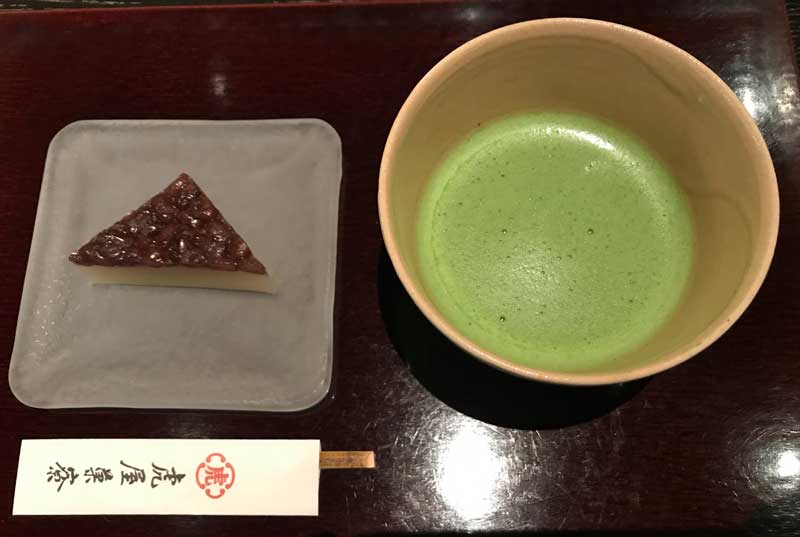
Matcha tea and a rice and bean sweet at Toraya
There are countless other delights both savory and sweet that you will come across on the city streets, in the food halls of department stores, in the train stations. All you need is time, a sense of discovery and return visits to a city where food reigns supreme.



















